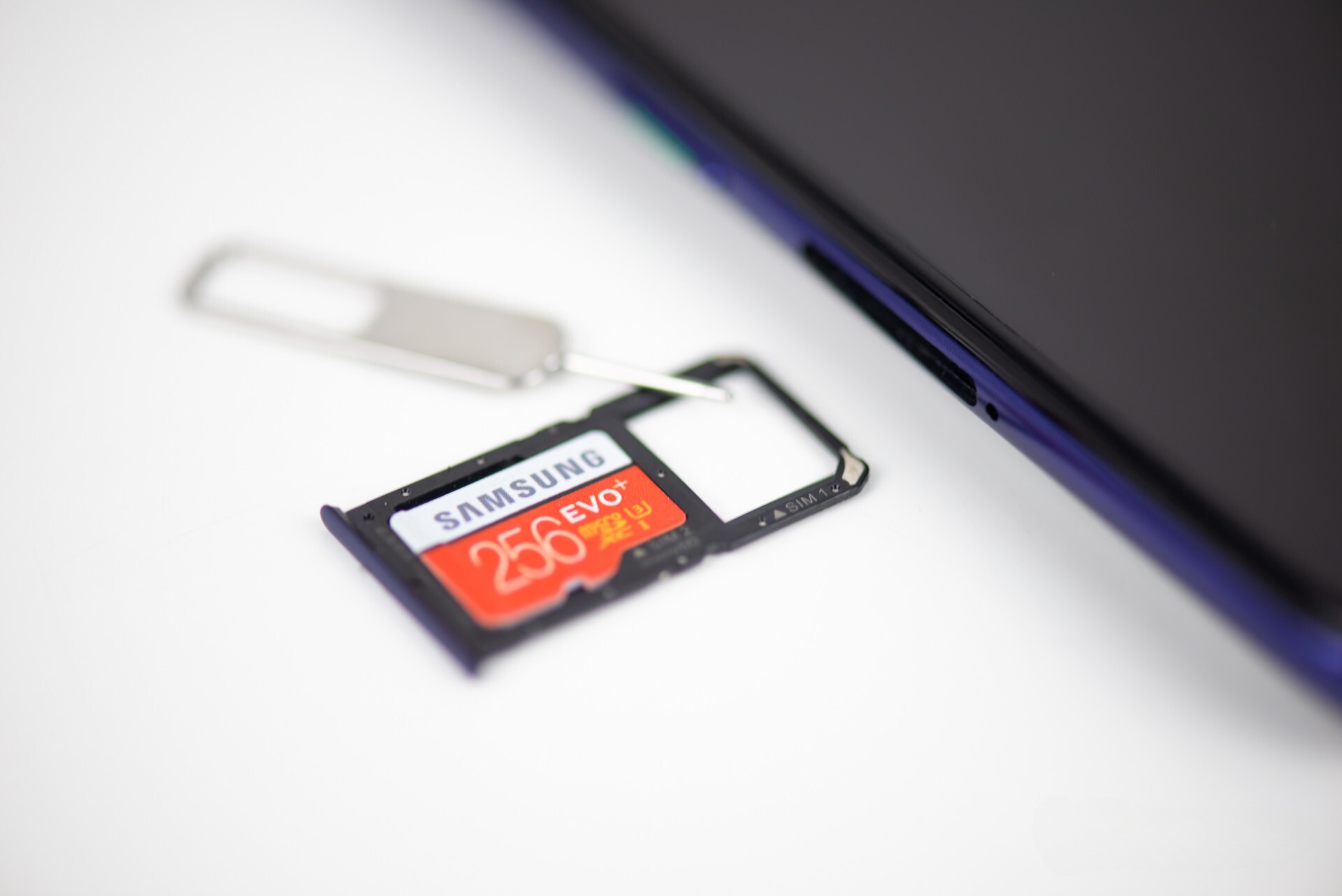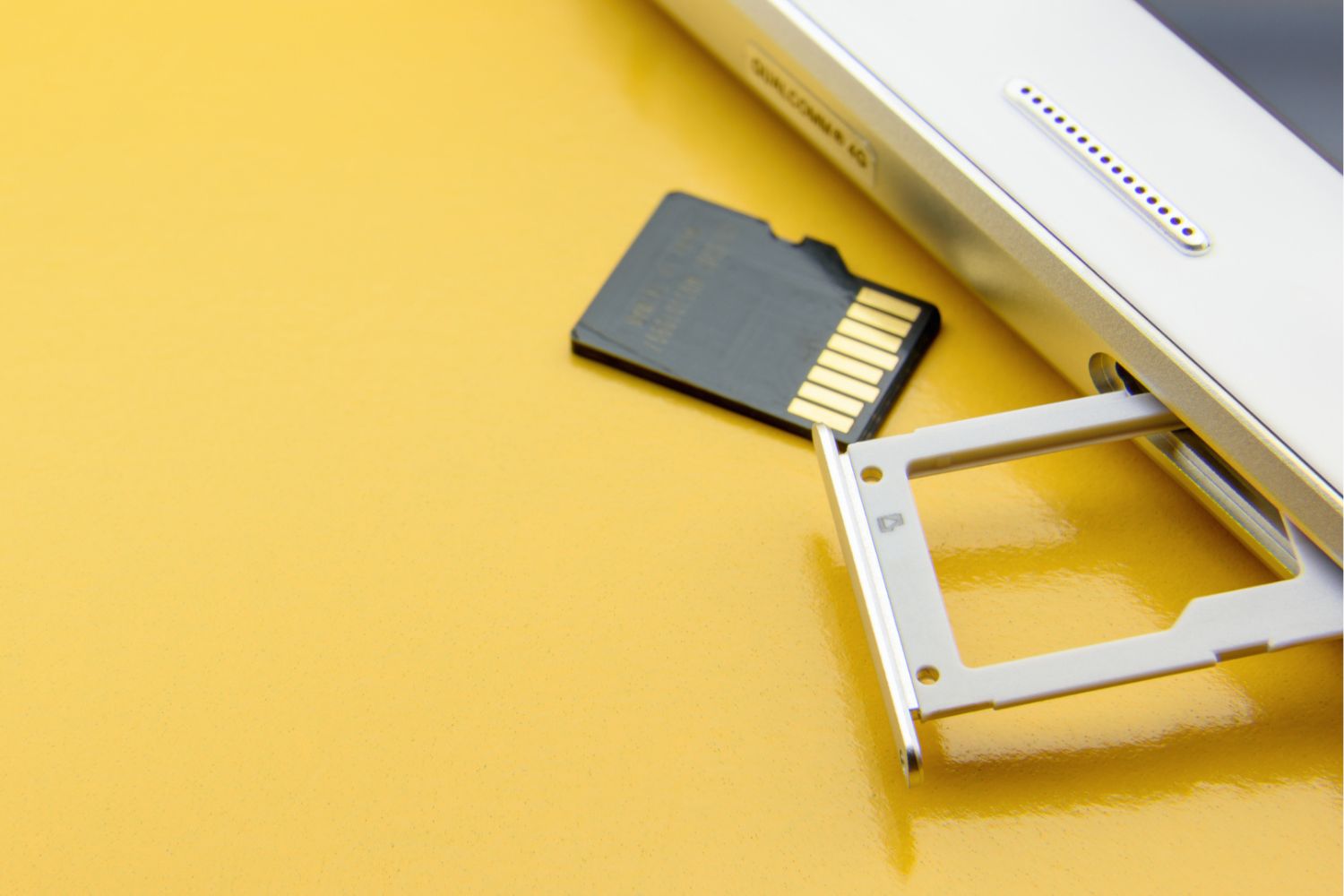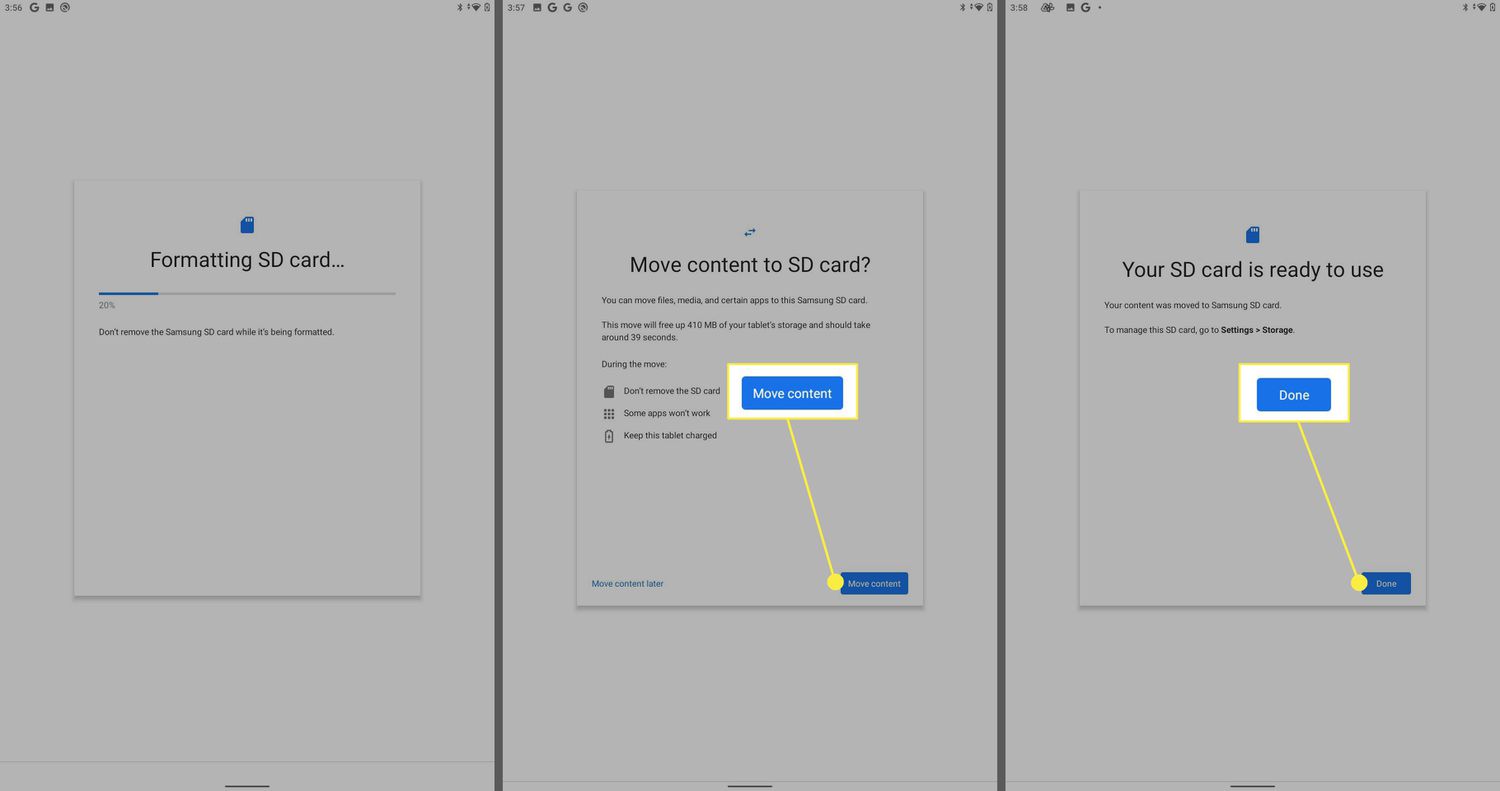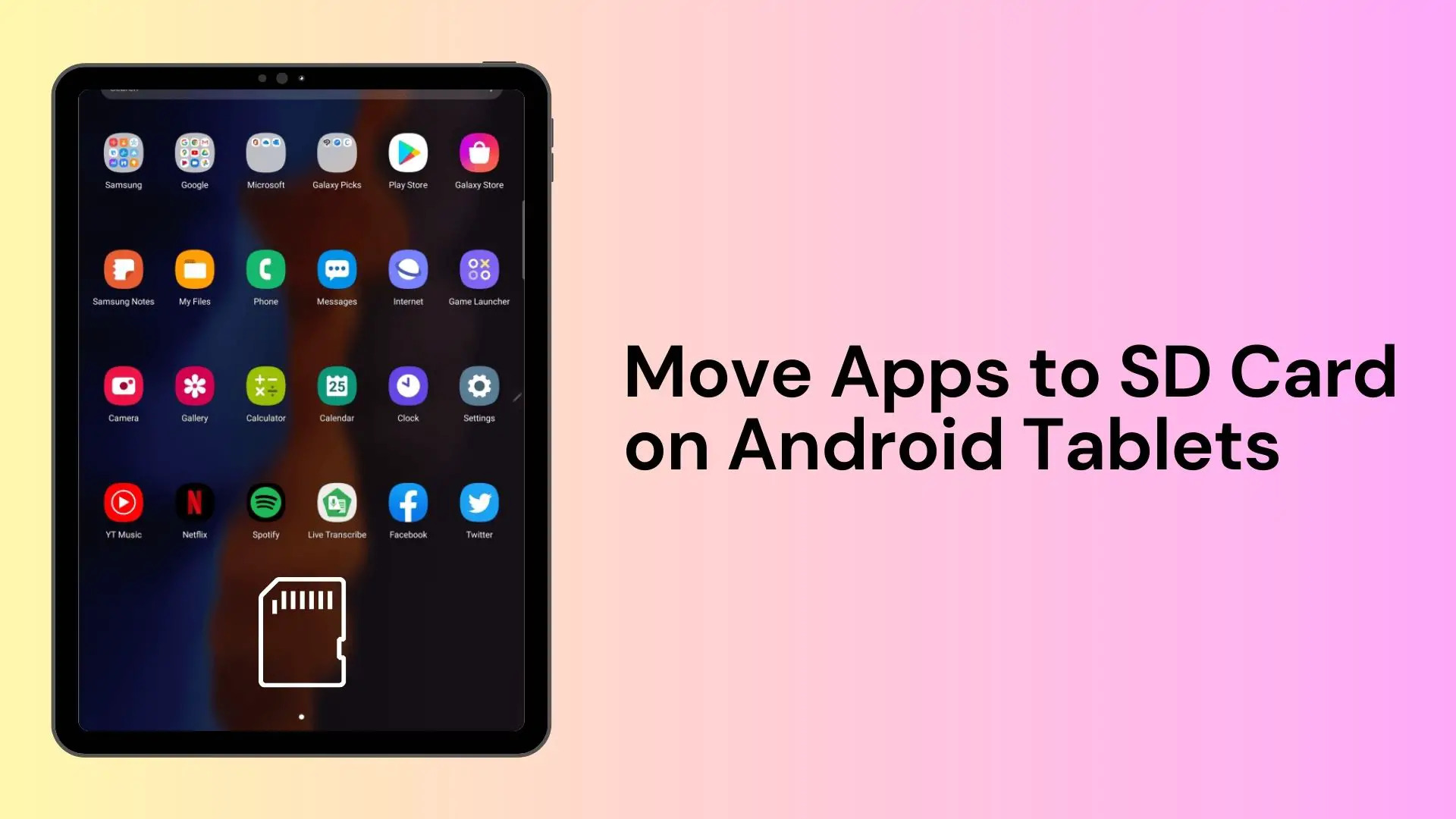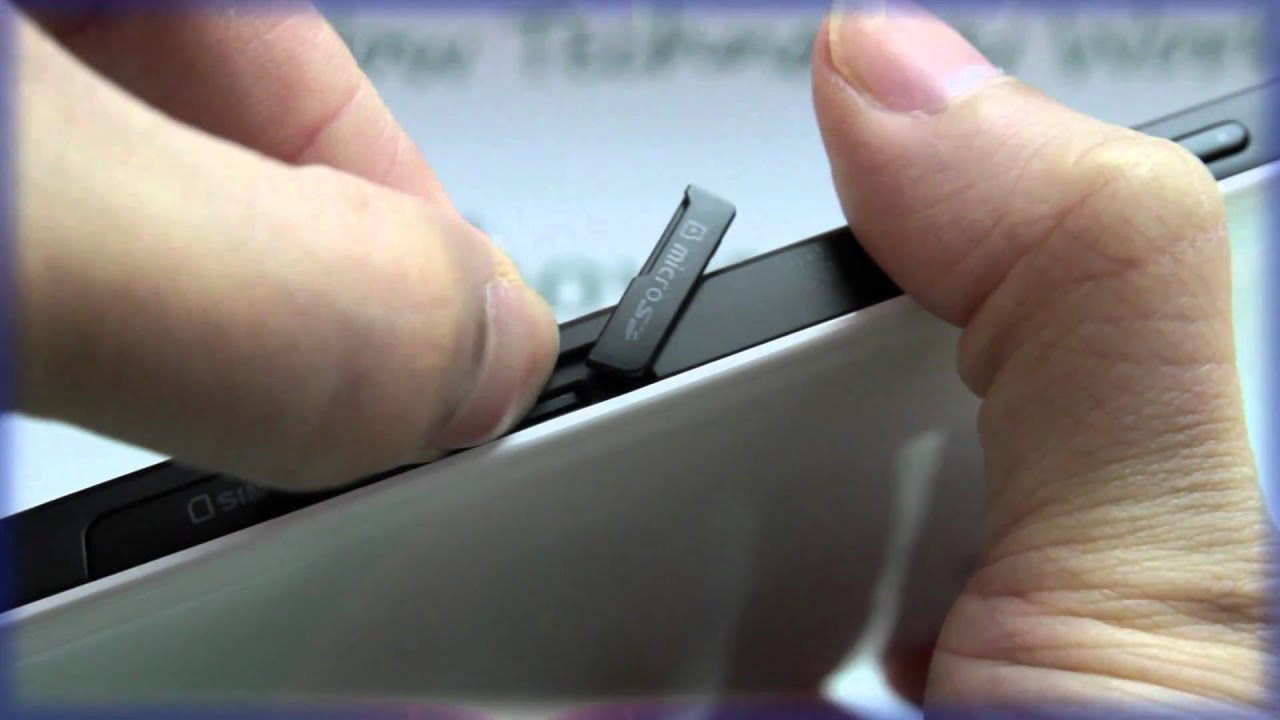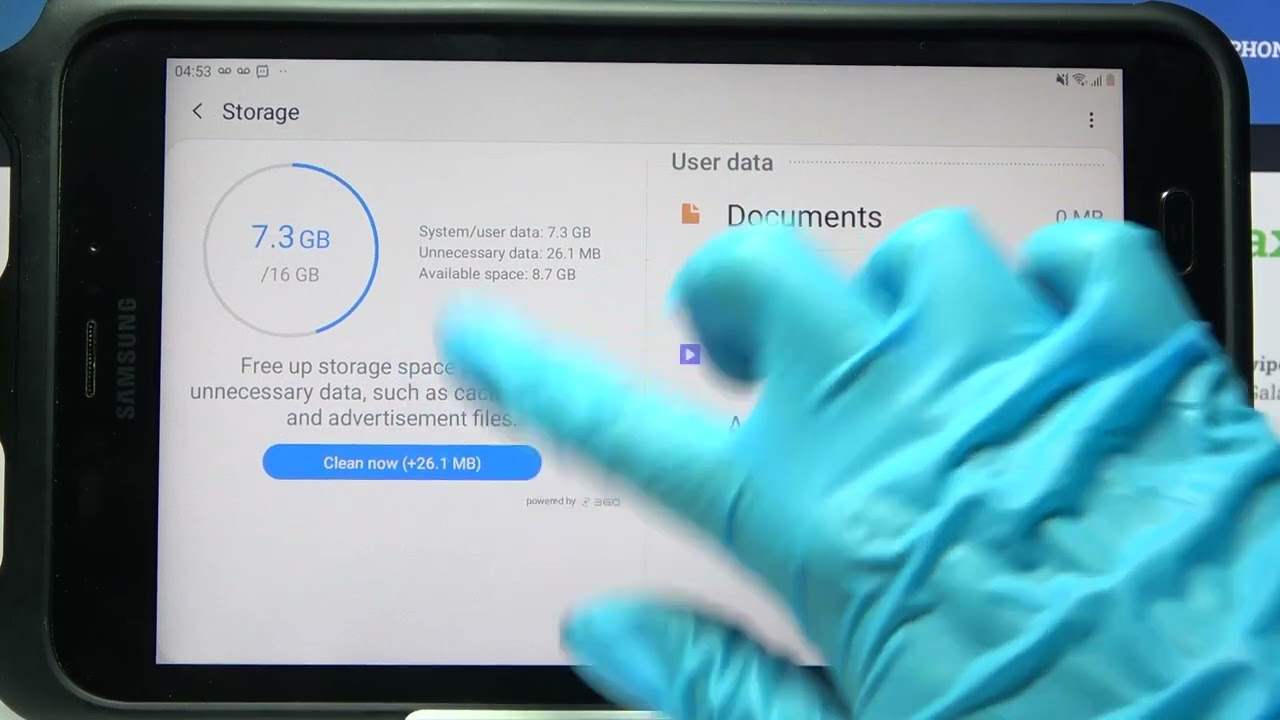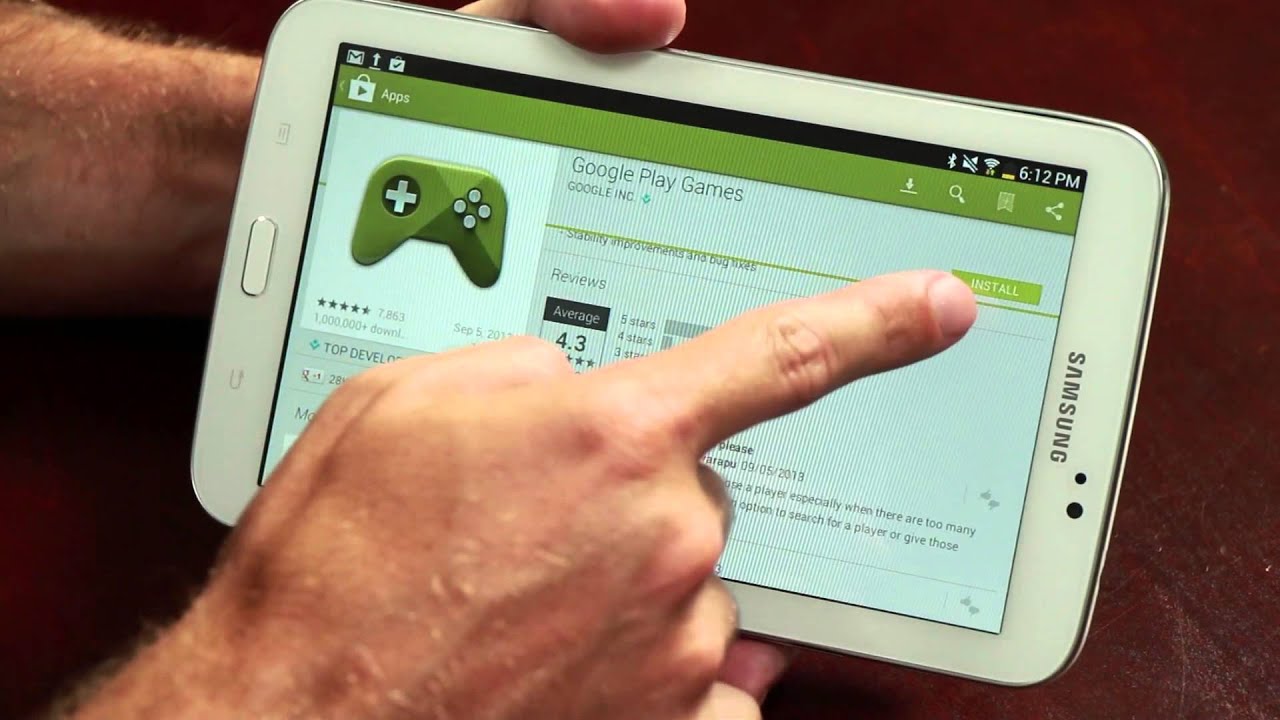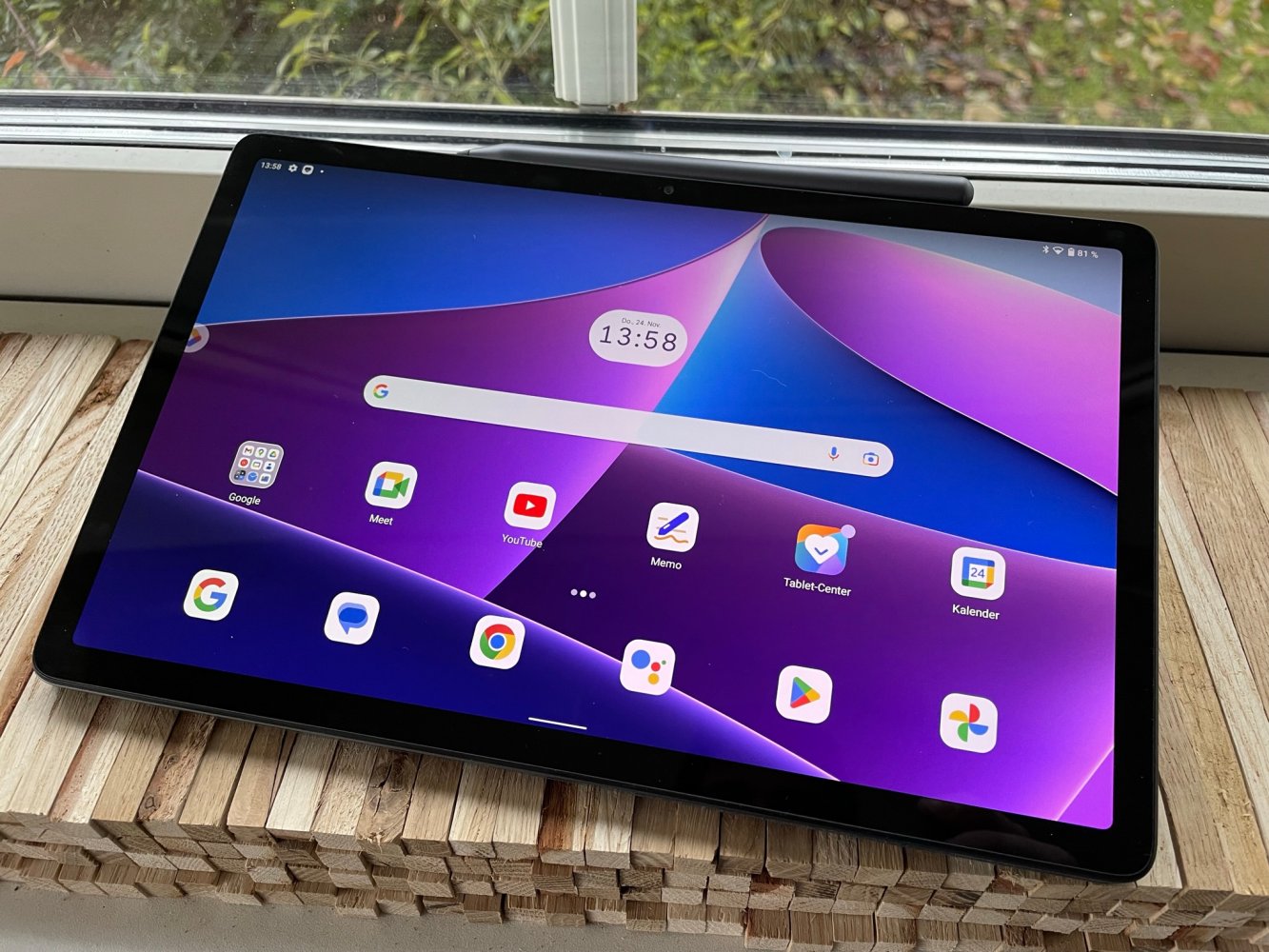Introduction
As technology continues to advance, our devices become more capable of storing a vast amount of applications. However, this can quickly fill up the limited internal storage of a tablet, leaving you with little room for new apps or updates. Fortunately, many tablets offer the option to expand storage by using an SD card.
In this guide, we will explore the process of moving apps from your tablet’s internal storage to an SD card. This simple procedure can free up space on your tablet and allow you to install more apps without worrying about running out of storage. Whether you have a budget tablet with limited internal storage or simply want to optimize your device’s storage capacity, moving apps to an SD card can be a valuable solution.
Please note that the ability to move apps to an SD card may vary depending on the tablet model and operating system version. While most Android tablets offer this feature, some older or budget models may not support it. Therefore, it is important to check your tablet’s specifications and compatibility before attempting to move apps to an SD card.
In the next sections, we will guide you through the process of checking SD card compatibility, preparing the SD card for app storage, moving apps to the SD card, and changing the default storage location for future app downloads. Additionally, we will provide some practical tips for managing apps on an SD card.
With the help of this guide, you’ll be able to make the most out of your tablet’s storage capacity and enjoy a smooth app experience without worrying about storage limitations. Let’s get started!
Why Move Apps to SD Card?
Running out of storage space on your tablet can be frustrating, especially when you have many apps that you want to install or update. Moving apps to an SD card can provide several benefits and alleviate storage-related issues. Let’s explore the reasons why you should consider moving apps to an SD card.
1. Free up internal storage: By moving apps to an SD card, you can free up valuable space on your tablet’s internal storage. This allows you to install new apps, download updates, and store more photos, videos, and music without running out of space.
2. Store large apps and games: Some apps and games can take up a significant amount of space on your tablet. Moving them to an SD card provides the necessary room to accommodate these large files, ensuring a smooth and uninterrupted experience.
3. Organize your apps: When your tablet’s internal storage is cluttered with apps, locating and accessing specific applications can become time-consuming. By moving apps to an SD card, you can better organize your apps and make it easier to find and launch them when needed.
4. Preserve app data: When moving apps to an SD card, the app data is typically preserved, allowing you to continue using the app seamlessly. This means that you won’t lose any progress within games, preferences, or settings when transferring the app to external storage.
5. Flexibility and portability: If you use multiple devices or plan to switch to a new tablet in the future, having apps stored on an SD card provides flexibility and portability. You can simply remove the SD card and insert it into another compatible device, allowing you to access your apps and their data without the need for reinstallation.
6. Extend the lifespan of your tablet: Limited internal storage can slow down your tablet’s performance over time. By offloading apps to an SD card, you can reduce the burden on the internal storage, potentially extending the lifespan and improving the overall speed and responsiveness of your device.
Moving apps to an SD card can greatly enhance your tablet experience by alleviating storage concerns and providing more room for your favorite apps. In the next sections, we will guide you through the process of checking SD card compatibility and moving apps to an SD card, ensuring that you can make the most out of your tablet’s storage capabilities.
Checking SD Card Compatibility
Before you begin moving apps to an SD card, it’s essential to check whether your tablet supports this feature and ensure that your SD card is compatible. Here’s how to determine if your tablet is compatible:
1. Check your tablet’s specifications: Start by consulting the user manual or visiting the manufacturer’s website to determine if your tablet supports the option to move apps to an SD card. Look for specifications related to expandable storage or app installation on external storage. If your tablet supports this feature, you’re good to go.
2. Check the operating system version: The ability to move apps to an SD card may vary depending on the version of the operating system running on your tablet. Generally, most Android tablets offer this feature, but older or budget models may have limitations. To check your operating system version, go to Settings, then navigate to About Tablet or System, and look for the Android version or OS version.
3. Verify the SD card compatibility: Not all SD cards will work seamlessly with your tablet for app storage. Check the specifications on your tablet or consult the manufacturer’s website to determine the compatible SD card types and capacities. Ensure the SD card you have meets those specifications to ensure optimal functionality.
4. Format the SD card: If you have a brand-new SD card or one that has been used with another device, it’s essential to format it before using it for app storage. Formatting the SD card will prepare it for use with your tablet and ensure compatibility. However, keep in mind that formatting will erase all existing data on the SD card, so make sure to back up any important files before proceeding.
By checking the compatibility of your tablet and SD card, you can ensure a smooth and successful app migration process without any compatibility issues. Once you have confirmed compatibility, you can move on to the next step: preparing the SD card for app storage.
Preparing the SD Card
Before you can start moving apps to an SD card, you need to prepare the SD card for app storage. Here are the steps to follow:
1. Insert the SD card: Locate the SD card slot on your tablet. This is usually located on the side or back of your device. Carefully insert the SD card into the slot, ensuring it is securely seated.
2. Format the SD card (if necessary): If your SD card is new or has been used with a different device, it’s essential to format it to ensure compatibility and remove any existing data. To format the SD card, go to Settings, then Storage, and find the option to format the SD card. Follow the on-screen prompts to complete the formatting process. Remember that formatting will erase all data on the SD card, so be sure to back up any important files beforehand.
3. Set the SD card as the default storage location: To ensure that new apps and data are automatically saved to the SD card, go to Settings, then Storage, and look for the option to change the default storage location. Select the SD card as the preferred default storage. This step may vary depending on the tablet model and operating system version.
4. Transfer existing media and files (optional): If you have media files such as photos, videos, or music stored on your tablet, you may choose to transfer them to the SD card as well. This will help free up space on your tablet’s internal storage. To do this, you can use a file manager app or connect your tablet to a computer and manually transfer the files to the appropriate folders on the SD card.
By following these steps, you can ensure that your SD card is ready to handle app storage. Now that you have prepared the SD card, you can proceed to the next section, where we will explore how to move apps to an SD card.
Moving Apps to SD Card
Now that you have prepared the SD card, it’s time to move apps from your tablet’s internal storage to the SD card. Here’s how to do it:
1. Go to App Settings: Open the Settings app on your tablet and navigate to the Apps or Applications section. This may differ slightly depending on your tablet model and operating system version.
2. Select the app to be moved: Scroll through the list of installed apps and locate the app that you want to move to the SD card. Tap on the app to open its specific settings.
3. Move the app to the SD card: Within the app settings, look for the option to “Move to SD card” or “Storage.” Tap on it to initiate the move. The tablet will then begin transferring the app and its data to the SD card. This process may take some time, depending on the size of the app and the transfer speed of your SD card.
4. Repeat for other apps: If you have multiple apps that you want to move, repeat the above steps for each app, selecting “Move to SD card” or “Storage” in their respective settings.
5. Confirm the app has been moved: After the app has been successfully moved to the SD card, you can return to the app settings to confirm that the app is now located on the SD card. The storage details should now indicate that the app is stored on the SD card rather than the internal storage.
Note: It’s important to note that not all apps can be moved to an SD card. Some system apps and certain apps that require specific permissions or depend on internal storage may not have the option to be moved. If the “Move to SD card” option is not available for an app, it means that the app does not support this feature.
By following these steps, you can effectively move apps from your tablet’s internal storage to the SD card. This will help free up space on your tablet and ensure that larger apps and games can be stored without any storage limitations. In the next section, we will discuss how to change the default storage location for future app downloads.
Changing the Default App Storage Location
If you want to avoid the hassle of manually moving each app to the SD card, you can change the default storage location for future app installations. By doing this, all new apps will be automatically installed on the SD card, saving you time and effort. Here’s how to change the default app storage location:
1. Go to App Settings: Open the Settings app on your tablet and navigate to the Apps or Applications section.
2. Find the default app storage settings: Look for the option related to app storage. Depending on your tablet model and operating system version, it may be labeled as “Default install location” or “Storage settings.”
3. Change the default storage location: Inside the app storage settings, you should find the option to change the default storage location for app installations. Select the SD card as the preferred storage location. Confirm any prompts or warnings that may appear.
Note: Keep in mind that changing the default app storage location will only apply to future app installations. Existing apps will remain in their current storage location unless manually moved.
By changing the default app storage location to the SD card, you can ensure that all new app installations will be directly saved to the external storage. This helps optimize your tablet’s internal storage and provides a seamless experience when downloading and installing new apps.
Remember to regularly check your tablet’s internal storage to monitor the usage and make sure it doesn’t become filled up over time. If needed, you can still move individual apps to the SD card manually, even with the default storage location set to the SD card.
In the next section, we will provide some tips for effectively managing apps on the SD card.
Tips for Managing Apps on SD Card
Managing apps on an SD card requires a little extra attention to ensure smooth performance and efficient storage usage. Here are some helpful tips to keep in mind when dealing with apps stored on your SD card:
1. Regularly check app storage: Periodically review the storage usage of apps on your SD card. This will help you identify any apps or games that are taking up excessive space and decide whether to keep them or uninstall them to free up storage. You can find this information in the app settings or the storage section of the device settings.
2. Update apps on the internal storage: Although you have moved apps to the SD card, app updates are often stored on the internal storage by default. It’s a good practice to periodically check for updates and ensure you have enough space on the internal storage to download and install them. Failure to do so may result in incomplete updates or loss of app functionality.
3. Remove unused apps: Over time, you may accumulate apps on your SD card that you no longer use or need. Uninstalling unused apps not only frees up storage space but also helps optimize the performance of your tablet. Regularly review your apps and remove any that are no longer needed.
4. Be cautious with app management tools: There are various third-party app management tools available, but use them cautiously when dealing with apps on the SD card. Some tools may accidentally delete or corrupt app data, resulting in data loss or app malfunctions. Stick to the built-in app management options provided by your tablet’s operating system whenever possible.
5. Backup important app data: While moving apps to the SD card usually preserves app data, it’s still a good practice to regularly back up important app data. You can use cloud storage services or backup apps to create a copy of your app data, ensuring that you can quickly restore it in case of any unexpected issues or if you decide to switch devices.
6. Restart your tablet occasionally: Restarting your tablet from time to time helps clear system caches and optimize performance. This can be especially useful when dealing with apps stored on the SD card, as it ensures that any temporary data or cache stored on the internal storage is cleared, improving overall stability and performance.
By following these tips, you can effectively manage apps stored on your SD card and ensure an optimized and efficient usage experience. Remember to stay vigilant with storage management, regularly checking for app updates and uninstalling unused apps to maintain a well-organized and functional tablet.
Now that you have learned how to move apps to an SD card, change the default storage location, and manage apps effectively, you can make the most out of your tablet’s storage capacity and enjoy a hassle-free app experience.
Conclusion
Moving apps to an SD card can be a game-changer when it comes to managing storage space on your tablet. By freeing up internal storage and leveraging the expandable capacity of an SD card, you can install more apps, store media files, and enjoy a smoother user experience without worrying about running out of space.
In this guide, we explored the benefits of moving apps to an SD card, the importance of checking SD card compatibility, and the steps to prepare the SD card for app storage. We also discussed how to move individual apps to the SD card and change the default storage location for future app installations. Additionally, we provided tips for effectively managing apps on the SD card.
Remember, the ability to move apps to an SD card may vary depending on your tablet model and operating system version. It’s essential to consult your tablet’s specifications and compatibility before attempting to move apps to an SD card.
By following the steps outlined in this guide and implementing the tips for managing apps on the SD card, you can optimize your tablet’s storage capacity, organize your apps, and ensure a seamless app experience.
Whether you have a budget tablet with limited internal storage or simply want to make the most out of your device’s storage capabilities, moving apps to an SD card can provide a valuable solution. Take advantage of this feature and enjoy the freedom to install more apps, store media files, and explore everything your tablet has to offer without the worry of storage limitations.
Now, armed with this knowledge, go ahead and start moving those apps to your SD card to reclaim precious storage space on your tablet!







